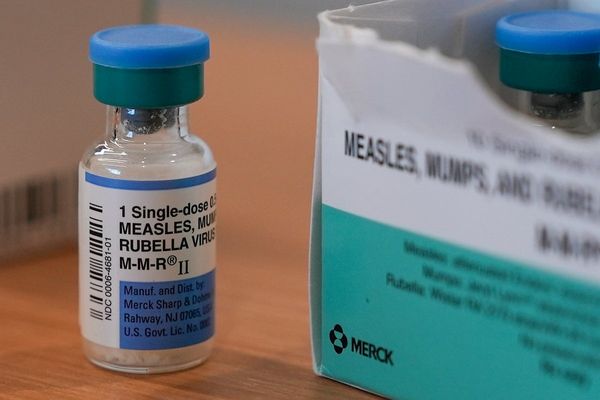'Sell in May and go away" is an old market saying that is likely to ring true this year. Several risk factors have emerged, such as small US banks facing deposit outflows and central banks continuing to raise their interest rates amid stubbornly high inflation.
As well, the CDX, an index of credit default swaps that gauges US debt default risk, soared to a record high last week after a Republican congressional proposal to cut government spending in exchange for raising the debt ceiling passed the House of Representatives.
Recent economic numbers have been mixed but indicate more risks. For example, preliminary purchasing managers' index (PMI) readings for developed countries from S&P Global showed business activity in the US rose at its fastest pace in nearly a year in April, driven by the service sector. The European Flash Composite PMI has also recovered, but the manufacturing sector has continued to contract.
We believe that although the Flash PMI numbers in the major economies look promising, they are primarily a result of the service sector; the manufacturing sector is still at risk. Moreover, the recovering PMI implies that central banks may continue to raise interest rates. In particular, the European Central Bank (ECB) may raise its benchmark to 3.75% or 4.00% from the current 3%, while in the US, rates will remain at a high level.
Furthermore, commercial banks have begun to tighten their credit standards. The most recent Global Financial Stability Report from the International Monetary Fund indicates that credit standards in both the US and Europe have tightened due to increased risk perception, slowing economic trends and difficulty accessing bank financing, while banks' risk tolerance levels have decreased.
Current US lending standards are already as strict as during the Covid crisis and the global financial crisis of 2008-09.
LEADING INDICATORS WEAK
The picture is in line with US leading economic indicators, which have been contracting for more than a year and have fallen sharply close to a level seen in the previous US economic crisis. The Conference Board Leading Economic Index was down 1.2% on a monthly basis to 108.4 in March and is down 7.8% year-on-year, similar to previous pre-recession periods.
The last time the index stayed this low for this long was in 2007-09 before and during the global crisis.
At the same time, US commercial bank lending hit a record low in the last week of March, with loans down nearly $105 billion. In addition, deposits fell by $64.7 billion, marking a 10th straight weekly decline and indicating the ongoing "silent bank run" we mentioned earlier.
Economists expect credit conditions to weaken over the next six months. As a result, banks will tend to be even more cautious in granting credit.
Lending declined by $23.5 billion at the 25 largest US banks and by $73.6 billion at small commercial banks during the last week of March. The overall picture is worrisome.
Moreover, the index of credit default swaps in the US rose to a record high of 161.8, while the spread between the one- and three-month US Treasury yields also hit a record high. This came after the Republican Party agreed to raise the public debt ceiling by another $1.5 trillion from the current $31.4 trillion, but in return for some rather strict reductions in government spending. Although the proposal passed the House, it is unlikely to pass the Senate and/or secure the signature of President Joe Biden without some more intense negotiations and amendments.
This is because the Republicans' proposed cuts include programmes such as student loan suspension, Medicaid and food stamps, which are no-go areas for the Democrats.
Moreover, because tax revenue collection this year is expected to be lower than last year, it is possible the expenditure budget will be exhausted by the beginning of June or July.
The increased urgency to raise the debt ceiling may be another factor that complicates the debate.
RISK NOT PRICED IN
Our analysis is that issues related to US debt default have yet to be priced into risky assets. Although the CDS spread that is used to hedge against a US government debt default has reached a record high, in other markets the risk is not considered as high. In particular, the dollar continues to depreciate.
Given the picture of increasing global economic risks, InnovestX takes a cautious view on investments.
The assets we still recommend are debt instruments, especially government bonds, as well as quality bonds and foreign stocks. We recommend stocks with good performance, low leverage and pricing power.
For Thailand, we see this as an opportunity to accumulate at a time of economic and financial market volatility. We selected five outstanding stocks under a "Best of the Best" theme -- AU, BBL, BDMS, CPALL and GULF -- that share common strengths: industry leaders, strong financial positions, and high profitability that outperforms the market.
Ultimately, we believe that even as the economy becomes more vulnerable, there is still light at the end of tunnel for investors. But investors must time the opportunity well.
Dr Piyasak Manason heads the Wealth Research Department at InnovestX Securities Co Ltd.







